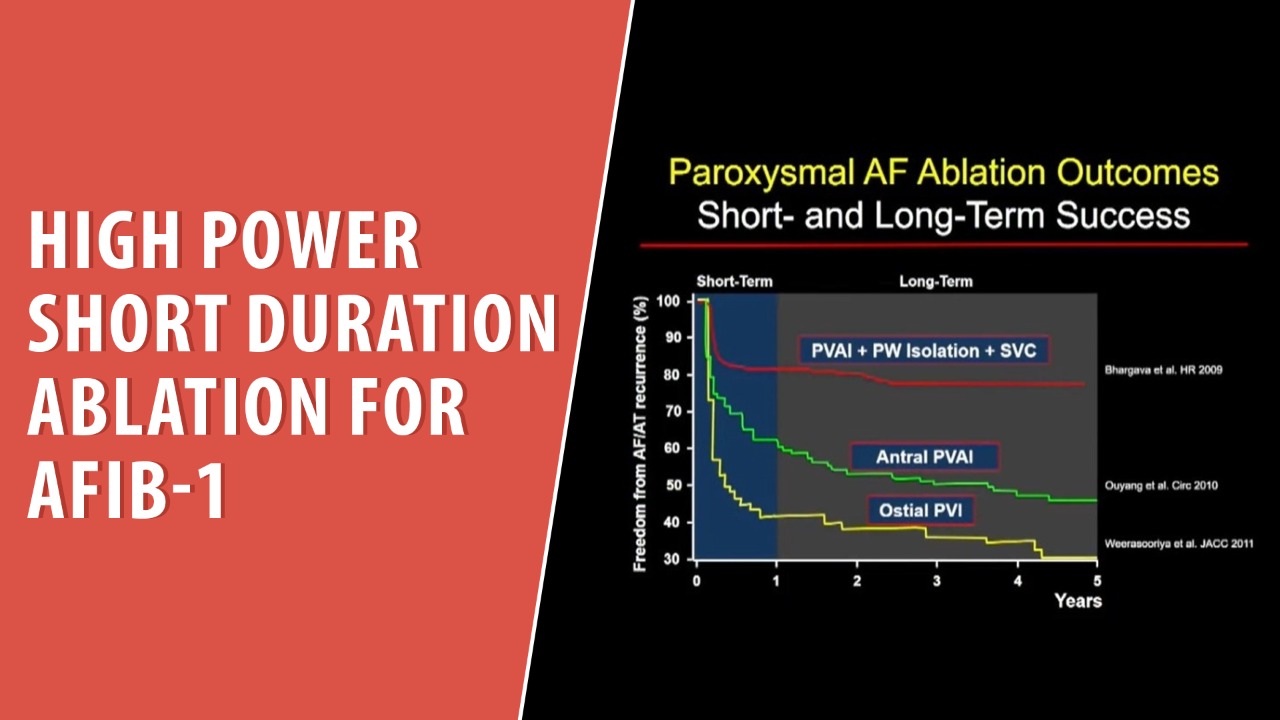High-Power, Short-Duration Ablation in the Treatment of Atrial
$ 19.00 · 4.5 (187) · In stock

Catheter ablation is the cornerstone of the rhythm control treatment of atrial fibrillation (AF). During this procedure, creating a contiguous and durable lesion set is essential to achieve good long-term results. Radiofrequency lesions are created in two phases: resistive and conductive heating. The ablation catheters and the generators have undergone impressive technical developments to enable homogenous and good-quality lesion creation. Despite recent years’ achievements, the durable isolation of the pulmonary veins remains a challenge. These days, intensive research aims to evaluate the role of high-power radiofrequency applications in the treatment of patients with cardiac arrhythmias. The use of high-power, short-duration applications might result in a uniform, transmural lesion set. It is associated with shorter procedure time, shorter left atrial, and fluoroscopy time than low-power ablation. This technique was also associated with a better clinical outcome, possibly due to the better durability of lesions. Multiple clinical studies have proven the safety and efficacy of high-power, short-duration PVI.

Texas Cardiac Arrhythmia Trusted Patient Education Platform

PDF) High-Power, Short-Duration Ablation in the Treatment of

JCM, Free Full-Text
Abstract 174 Safety of ultra high power and short duration

High-Power, Short-Duration Ablation in the Treatment of Atrial

Cardiac Rhythm Management - Pacing, Ablation, Devices

Comparison of complication rate of surgical ablation, convergent

High-Power Short-Duration Ablation of Paroxysmal and Persistent

Nándor Szegedi

PDF) The role of local impedance drop in the acute lesion efficacy

PDF) ESC-EURObservational Research Programme: The Atrial

Resistive versus conductive heating in radiofrequency ablation